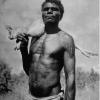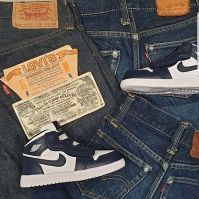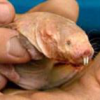Levi's Vintage Clothing
-
hello 2024!
supertalk is free to browse as a guest. You need to be a member to participate in discussions or buy and sell on the classifieds.
Classifieds listings are now free for members.
supertalk is now upgraded to //// supertalk 8 ////
______________________________________
New membership is $US 1 / month
Payable $US 6 / every 6 months
You can cancel renewals prior to renewal date.
______________________________________
You can also become a premium superseller or supermember. Businesses who want to promote their brand and products need to become a supersponsor. superfuture® is privately owned and has been online continuously for 25 years. supertalk has been online for 21 years and is a digital cockroach that will survive all current and future apocalypses.
-
Similar Content
-
- 18 replies
- 3964 views
-
- 12 replies
- 3029 views
-
Levi's Made & Crafted Poggy Mcqueen Pantclassified
By byjordanfox,
- levis
- madeandcrafted
- (and 4 more)
- 0 replies
- 1372 views
-
- 0 comments
-
- 18 replies
- 5047 views
-
-
Top 10 Active Viewed Topics
-
- 26757 replies
- 5976886 views
-
- 24139 replies
- 5878085 views
-
- 24722 replies
- 4314671 views
-
- 22877 replies
- 3354259 views
-
- 13542 replies
- 3178163 views
-
- 10643 replies
- 3092935 views
-
- 21117 replies
- 2706892 views
-
- 13243 replies
- 2664954 views
-
- 8532 replies
- 2345693 views
-
- 11327 replies
- 2314416 views
-













Recommended Posts
Join the conversation
You can post now and register later. If you have an account, sign in now to post with your account.